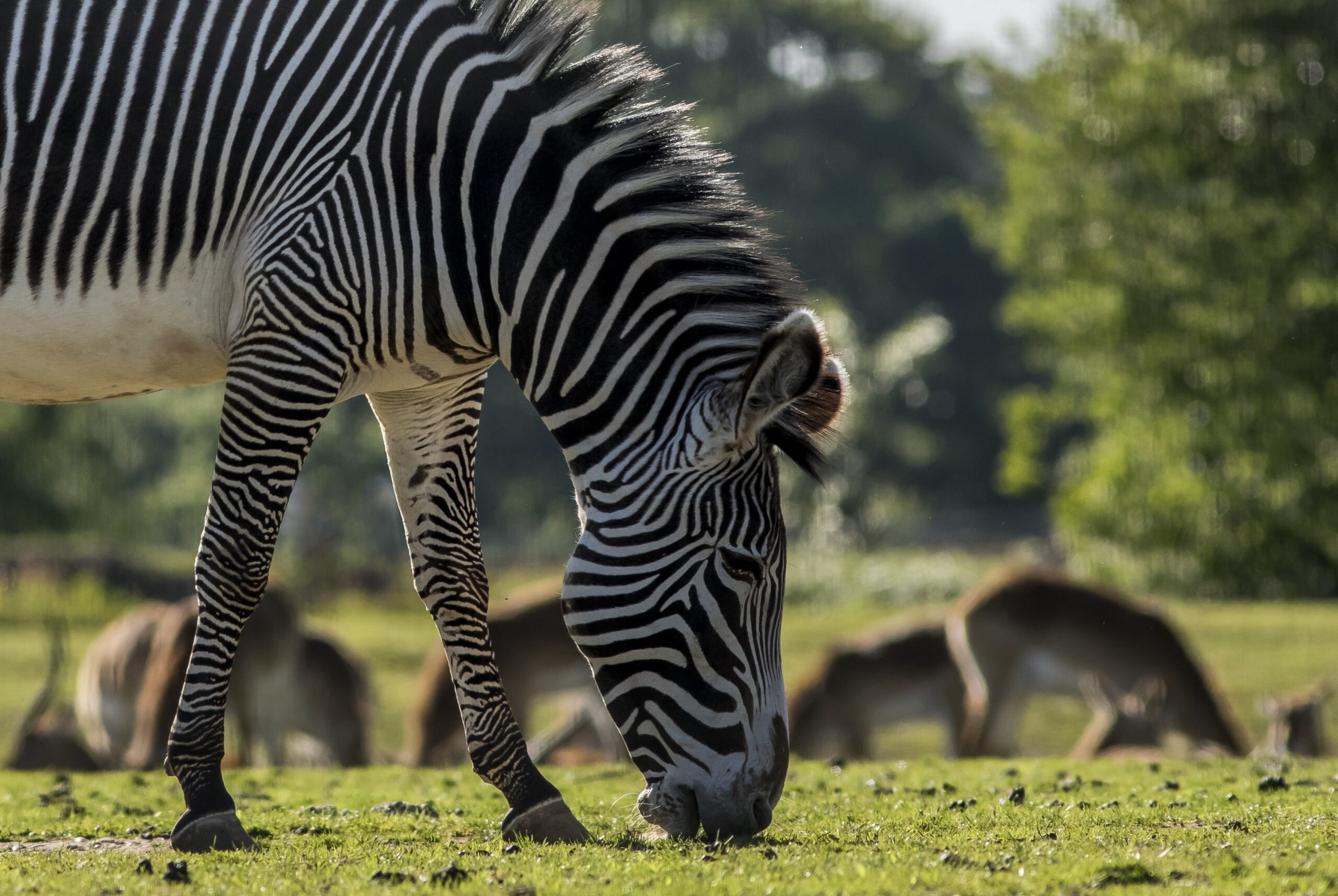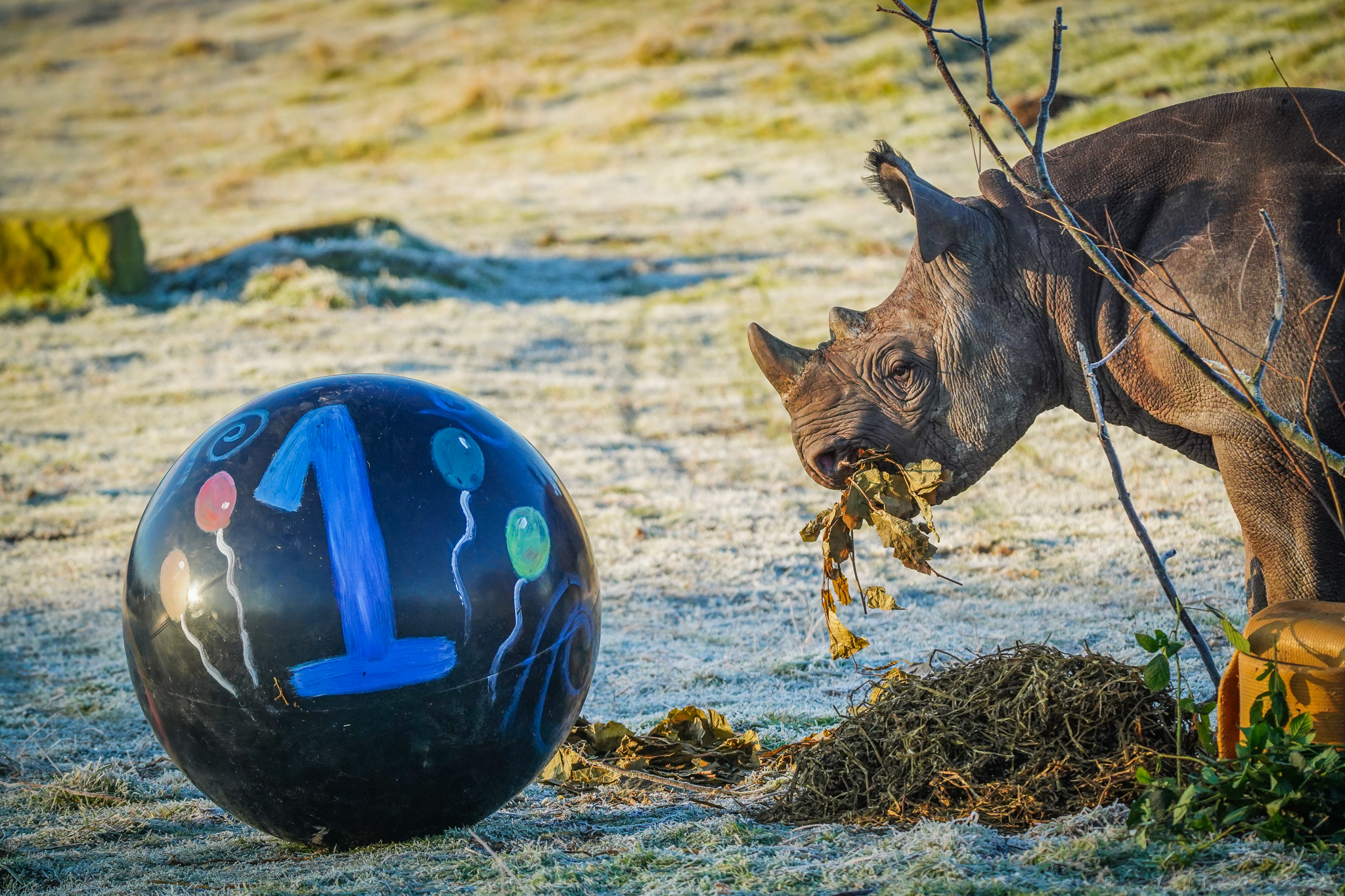Friday 26th October is World Lemur Day! To celebrate, we’re asking whether you knew these 10 lemur facts below.
The creation of the Lemur Conservation Network, World Lemur Day is all about raising awareness for lemur conservation while informing the world just how wonderful a species they are.
Currently listed as Critically Endangered on the IUCN Red List of Threatened Species, slash and burn agriculture has had a devastating impact on their survival with destruction of their habitat for farmland pushing the species to the brink of extinction.
With your assistance however, we can help greater numbers of this iconic primate survive.
Working alongside AEECL (Association Européenne pour l’Étude et la Conservation des Lémuriens), we released a three year grant worth £15,000 to help protect the Blue-Eyed Black Lemur between 2016 and 2018. Thanks to these funds, a protected reserve was established in lemurs’ native North West Madagascar. Find out more about how we’re protecting Blue-Eyed Black Lemurs by clicking here.
10 lemur facts:
- Lemurs are endemic to the African island of Madagascar.
- An appropriate fact at this time of year with Halloween taking place next week, lemurs’ name derives from the Latin word ‘lemures’ meaning ‘ghosts’ or ‘nocturnal spirits’.
- Lemurs’ diet consists mainly of fruit and leaves with fruit from the Tamarind tree making up roughly half of their yearly diet.
- Lemurs can use their tail as a form of communication when wafting their scent through the air.
- Lemurs are sometimes confused with ancestral primates, when in reality, they evolved independently and didn’t give rise to monkeys and apes.
- Black-Eyed Blue Lemurs, who we protect here at WildLife Foundation, are the only primate (except humans) with blue eyes.
- Lemurs come in a wide variety of sizes with the smallest subspecies such as the Dwarf Mouse Lemur weighing just 30 grams and the largest around 15 lbs.
- Male ring-tailed lemurs can use their waft scents as an intimidation tactic. Boasting scent glands at the wrists and shoulders, this species can use their long tails to waft terrible smells when competing for food and territory
- Many types of lemurs are nocturnal so days are spent sleeping while nights are incredibly active, foraging for food.
- Most lemurs are arboreal, which means the majority of their time is spent living in trees.











